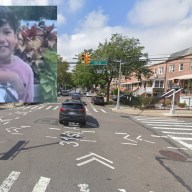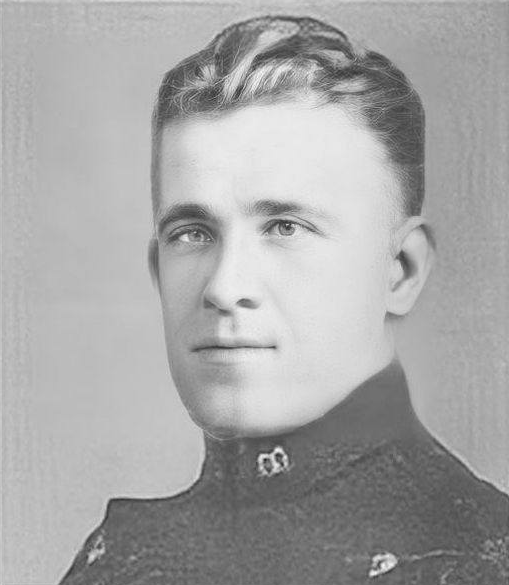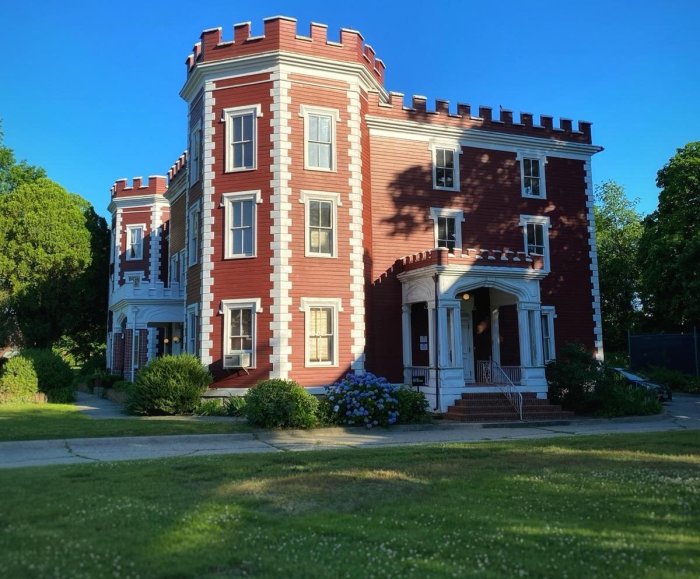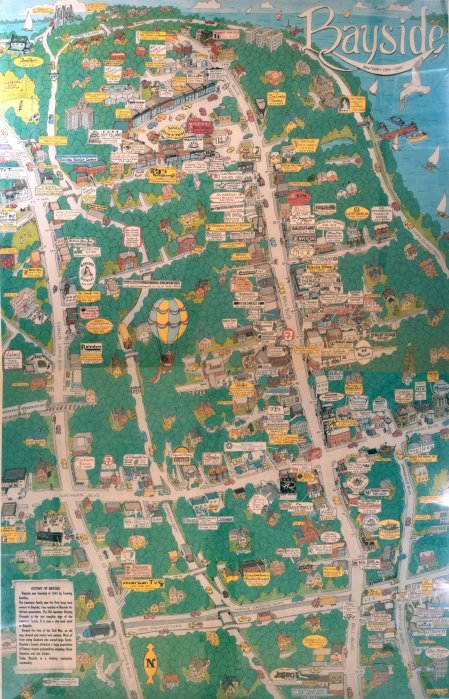We’ve been through this once before. The world, the United States of America and Woodhaven all dealt with the deadly 1918 influenza pandemic, known as the Spanish Flu, which infected an estimated 500 million people around the globe, leaving somewhere between 50 and 80 million people dead.
It was a nasty virus whose effects were exacerbated by countries moving so many troops around the world during World War I. Many soldiers who were infected overseas gave the sickness to their fellow soldiers, and eventually came home to spread the illness further.
Although it was called the Spanish Flu, or the Spanish Influenza, there is no clear idea of where or how the 1918 pandemic was spawned.
However, during its spread, many countries around the world were at war with each other. The effects on their populations were considered a military secret, and publishing news about the flu was discouraged or forbidden.
Spain remained neutral during World War I and their press corps was free to write about the devastating effects of the flu on their people. As Spain was about the only major country bringing attention to it, it became known as the Spanish Flu.
Here in Woodhaven, news of the pandemic did pop up from time to time in local papers. The first report of it was in early 1918, when they reported that “One hundred thousand cases of ‘Spanish influenza’ are reported in Germany. There are 25,000 cases in Berlin alone and the hospitals there are full. Even the doctors and nurses in most of the hospitals have been stricken.”
Such reports brought some hope to a population already weary by the cost of war. But it was false comfort as the flu pandemic that was coursing through Europe was poised for a second wave in the fall as it began its spread in the United States.
The first reported case in New York was in early September and by early October, over 58,000 cases had been reported in our city.
From September through December 1918, obituaries in the local papers were dotted with references to influenza. Men, women, old and young, the 1918 did not discriminate; everyone was vulnerable to its effects.
Despite many public gatherings beings canceled as part of an effort to stop the spread, several public meetings were held to explain how to stop the spread of influenza. Cover your cough, don’t kiss people if you are infected, steer clear of infants and seniors if you have the flu. All good advice we should be following every flu season, not just during a pandemic.
As there were shortages of masks, one doctor held a demonstration for the people of Woodhaven showing them how to create their own masks.
The month of October was the deadliest on the pandemic, striking down nearly 200,000 Americans, with an astonishingly high number of victims in the middle of the curve, the healthy young men and women from 25 to 35 years old. Twenty-three French soldiers died here in the United States in service to our country and they were buried at the National Cemetery here in Cypress Hills.
The end of the war in November 1918, right in the middle of the deadly second wave of the flu, brought cheer to the world. There was a chaotic scene in Woodhaven when residents staged an impromptu, and very loud, patriotic parade celebrating the end of war.
But for some families, the pandemic side effects of the war still continued to take their toll. One devastating story was that of the Lilkendey family, where three family members died in the space of a few days.
Otto Lilkendey, his 4-year-old son Walter and 3-year-old daughter Margaret passed away in rapid succession, and the mother was in such poor condition that doctors did not tell her of their deaths for many weeks, until she was recovered.
Otto Lilkendey was the proprietor of a business on Jamaica Avenue across from Manor Avenue (94th Street) which he had taken over in 1914. That business, Manor Delicatessen, is well-known to all of us and is still going strong, branching out in recent years to include two restaurants.

We’ve been through this before, and much worse, I dare say. We’ve gotten through this before and we’ll get through it again this time.



































